Lithium Battery Mineral Composition
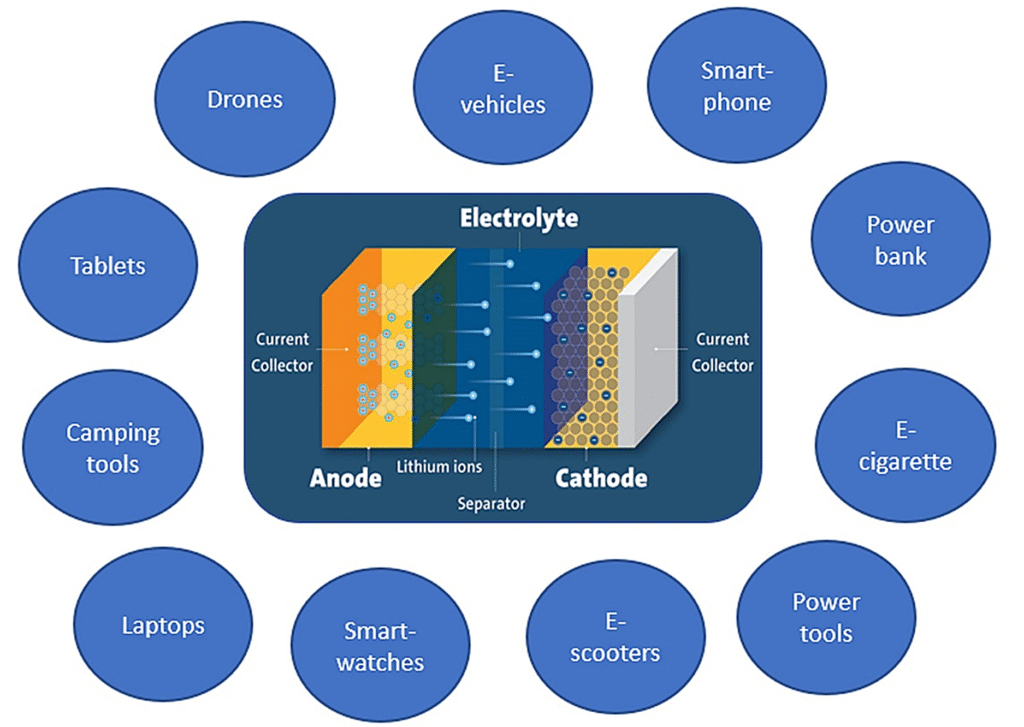
Lithium-ion batteries are the power source behind electric vehicles (EVs), smartphones, laptops, and renewable energy systems. Their performance, energy density, and longevity depend heavily on the mineral composition of their components.
Here’s a breakdown of the key minerals and materials used in lithium battery production, from the anode to the cathode, and how they are sourced from nature.
1. Lithium – The Core Element
Lithium is the defining element in lithium-ion batteries, known for its lightweight and high electrochemical potential.
- Source minerals:
- Spodumene (LiAlSi₂O₆) – Primary source from hard rock mining
- Lepidolite, petalite, amblygonite – Secondary sources
- Brines and clays – Alternative sources where lithium is dissolved or adsorbed
- Form used in batteries:
- Lithium carbonate (Li₂CO₃) – Used in LFP (lithium iron phosphate) batteries
- Lithium hydroxide (LiOH) – Preferred for NCM (nickel-cobalt-manganese) and NCA (nickel-cobalt-aluminum) cathodes
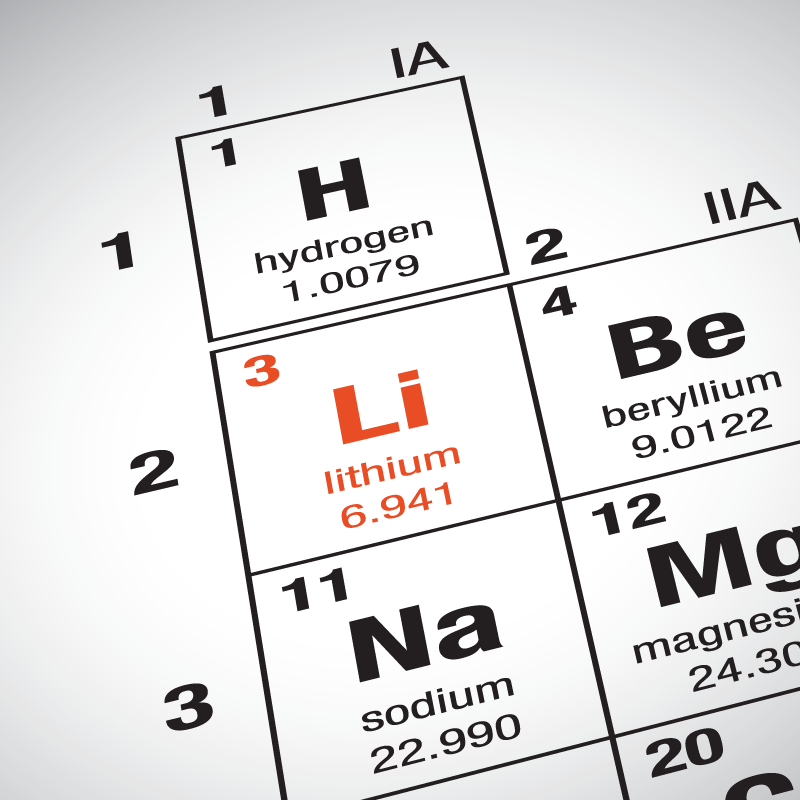
2. Cobalt – Enhancing Stability and Energy Density
Cobalt is a critical component in high-energy-density cathodes, especially in NCM and NCA batteries. It improves cycle life and thermal stability.
- Primary source:
- Byproduct of nickel and copper mining
- Major producers: Democratic Republic of Congo (DRC), Indonesia, Russia
- Mineral sources:
- Cobaltite (CoAsS)
- Erythrite (Co₃(AsO₄)₂·8H₂O)
- Often found in oxide and sulfide ores
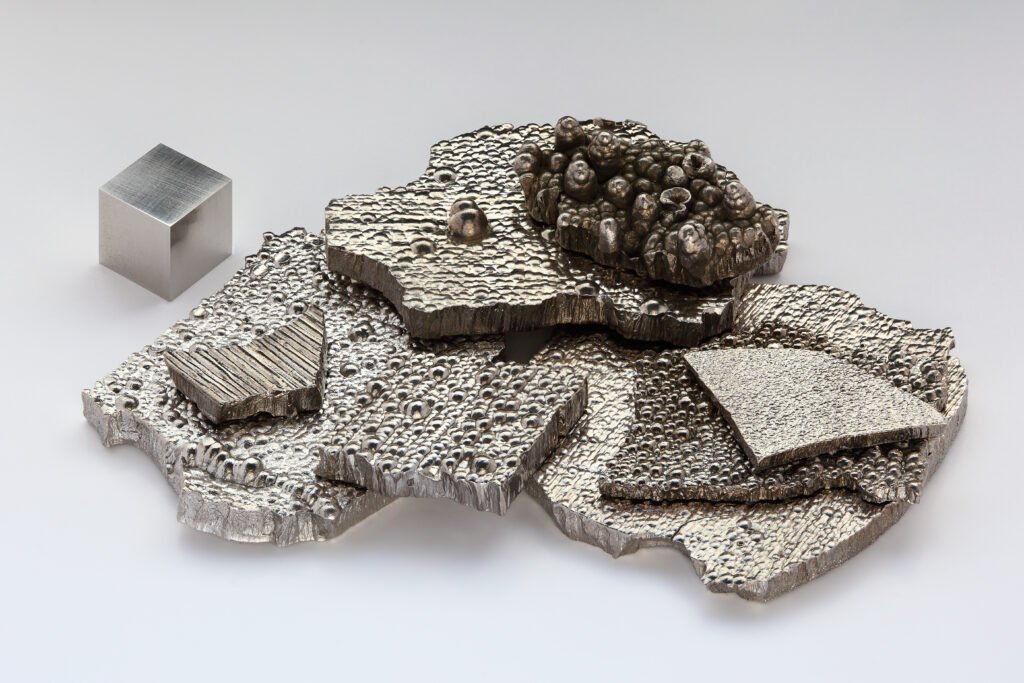
3. Nickel – Boosting Capacity and Range
Nickel is increasingly important in EV batteries, especially in NCM811 and NCA chemistries, where higher nickel content means greater energy density and driving range.
- Source minerals:
- Garnierite (a nickel-rich silicate)
- Millerite, pentlandite, and pyrrhotite
- Found in laterite and sulfide deposits
- Major producers:
- Indonesia, Philippines, Russia, and Australia
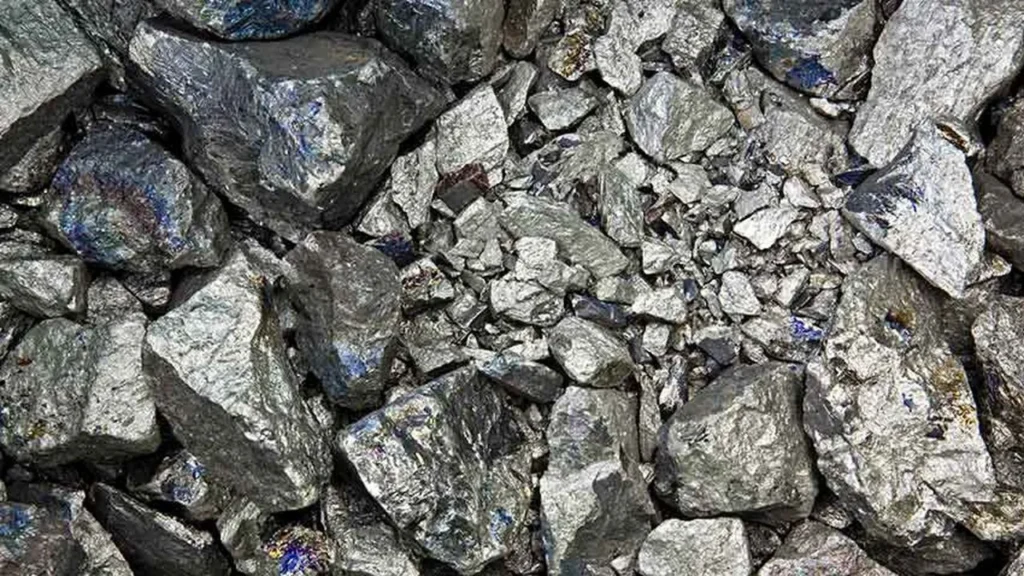
4. Manganese – Enhancing Safety and Stability
Manganese plays a key role in NCM cathodes, contributing to structural stability and safety in battery chemistry.
- Source minerals:
- Pyrolusite (MnO₂) – Most common manganese ore
- Rhodochrosite (MnCO₃) – Also used in metallurgy
- Found in sedimentary and metamorphic rock formations
- Major producers:
- South Africa, China, Australia, and Gabon
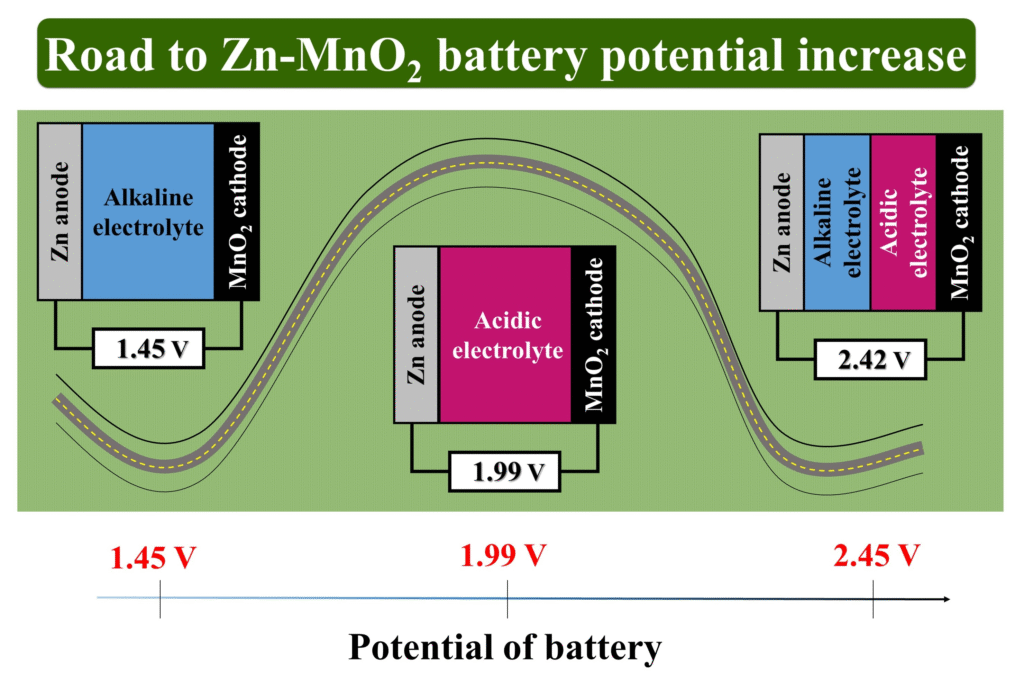
5. Graphite – The Anode Material
Graphite is the most common anode material in lithium-ion batteries due to its ability to intercalate lithium ions during charging and discharging.
- Source minerals:
- Natural graphite – Found in metamorphic rocks
- Synthetic graphite – Used for high-purity applications
- Major producers:
- China, Brazil, Canada, and Madagascar
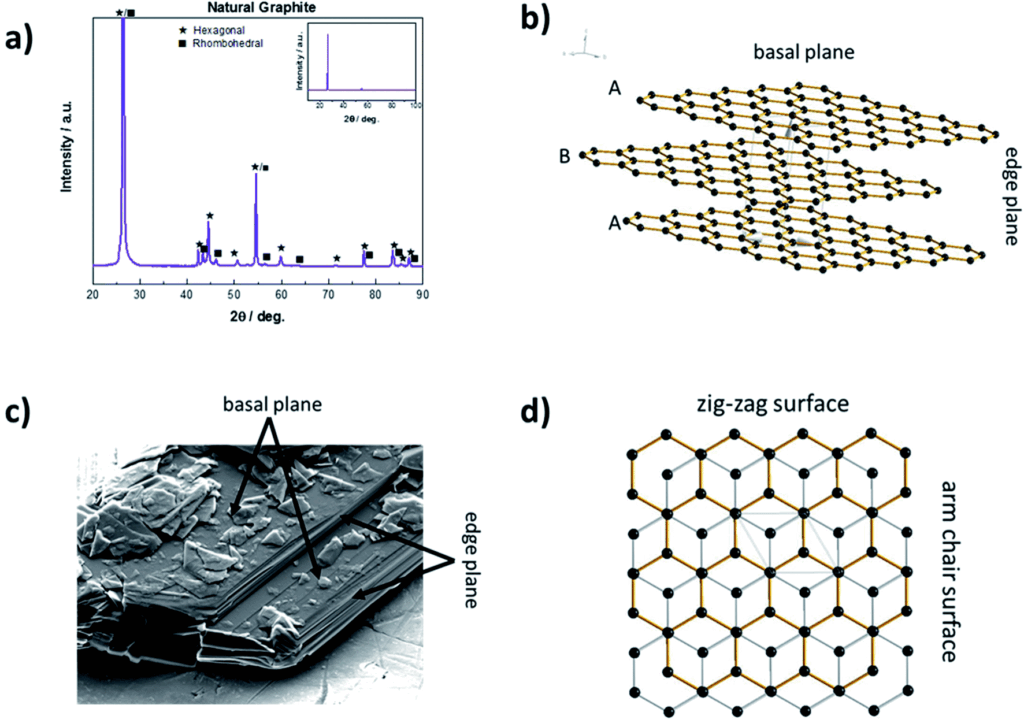
FAQs
Q1: What minerals are used in lithium batteries?
A1: The main minerals are lithium (from spodumene or brines), cobalt, nickel, manganese, and graphite.
Q2: Where does lithium for batteries come from?
A2: Lithium comes from hard rock (spodumene), brine deposits, and clay sources, with major production in Australia, Chile, Argentina, and the U.S.
Q3: Why are cobalt and nickel important in batteries?
A3: Cobalt improves stability and cycle life, while nickel boosts energy density, especially in EV batteries.
Conclusion
The mineral composition of lithium-ion batteries includes a mix of lithium, cobalt, nickel, manganese, and graphite, each playing a vital role in energy storage, efficiency, and safety. As demand for clean energy and electric vehicles grows, securing a sustainable and diversified supply of these minerals will be essential for the future of battery technology.

